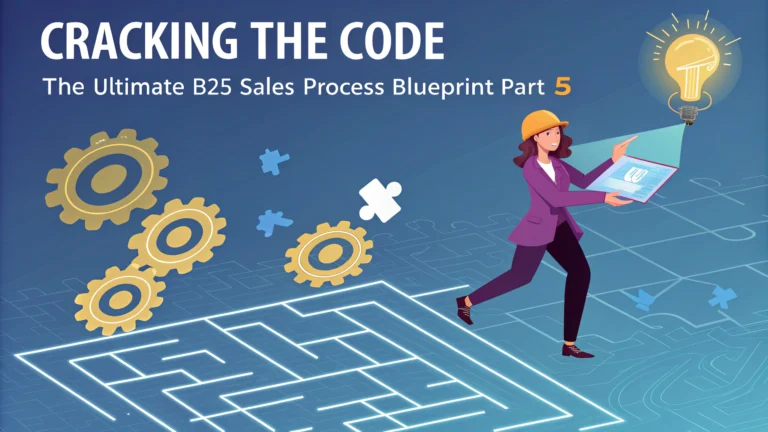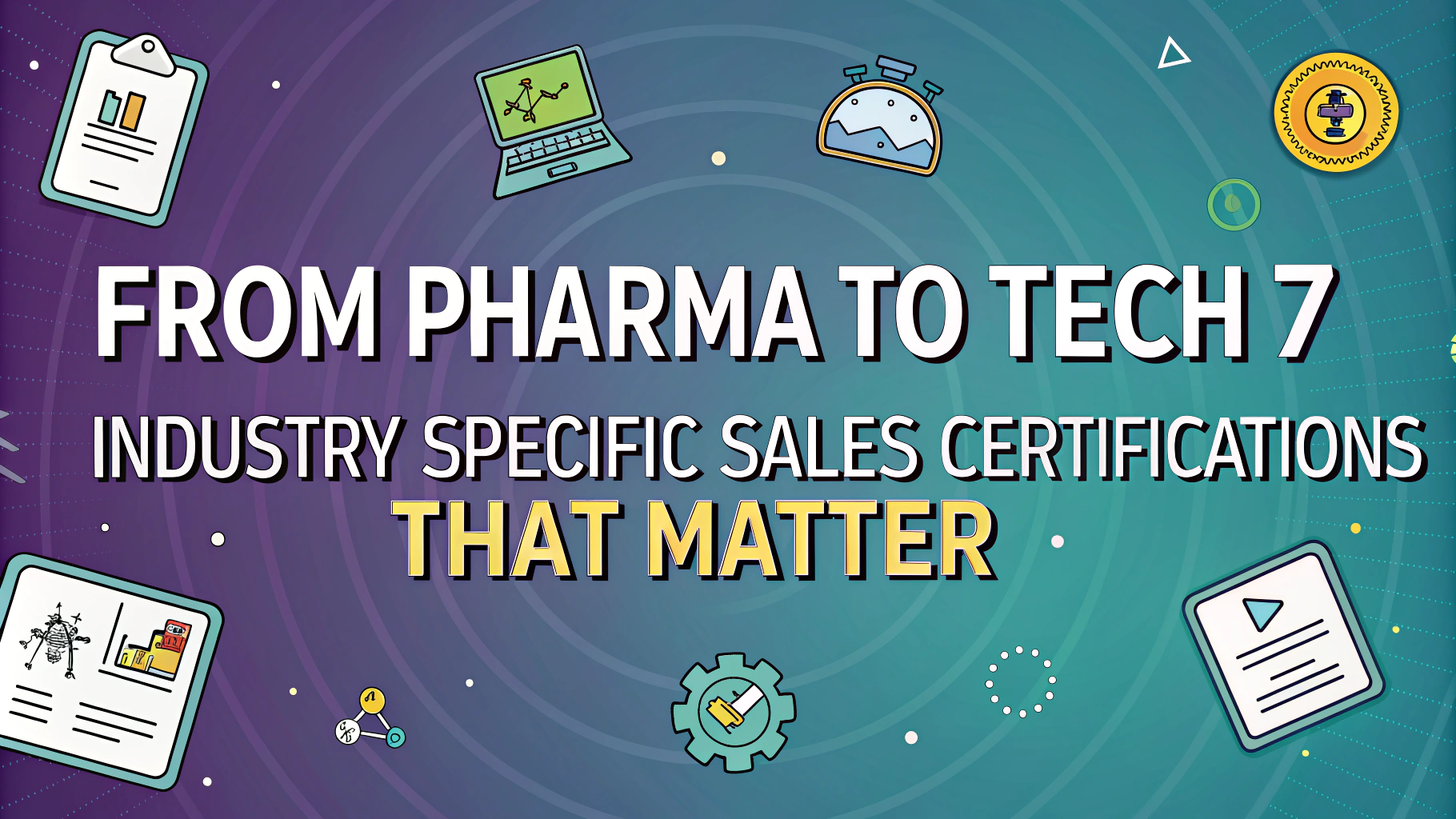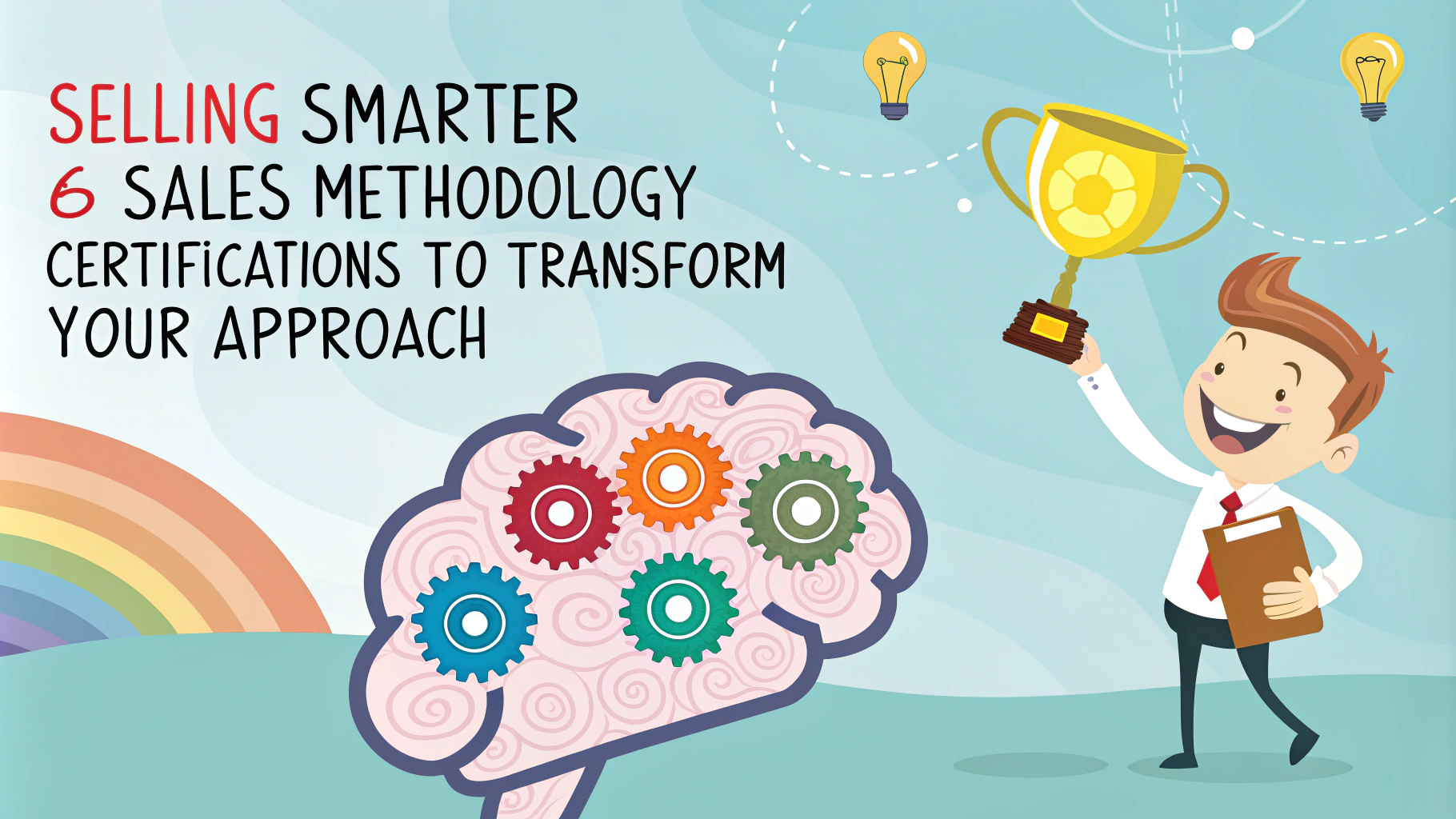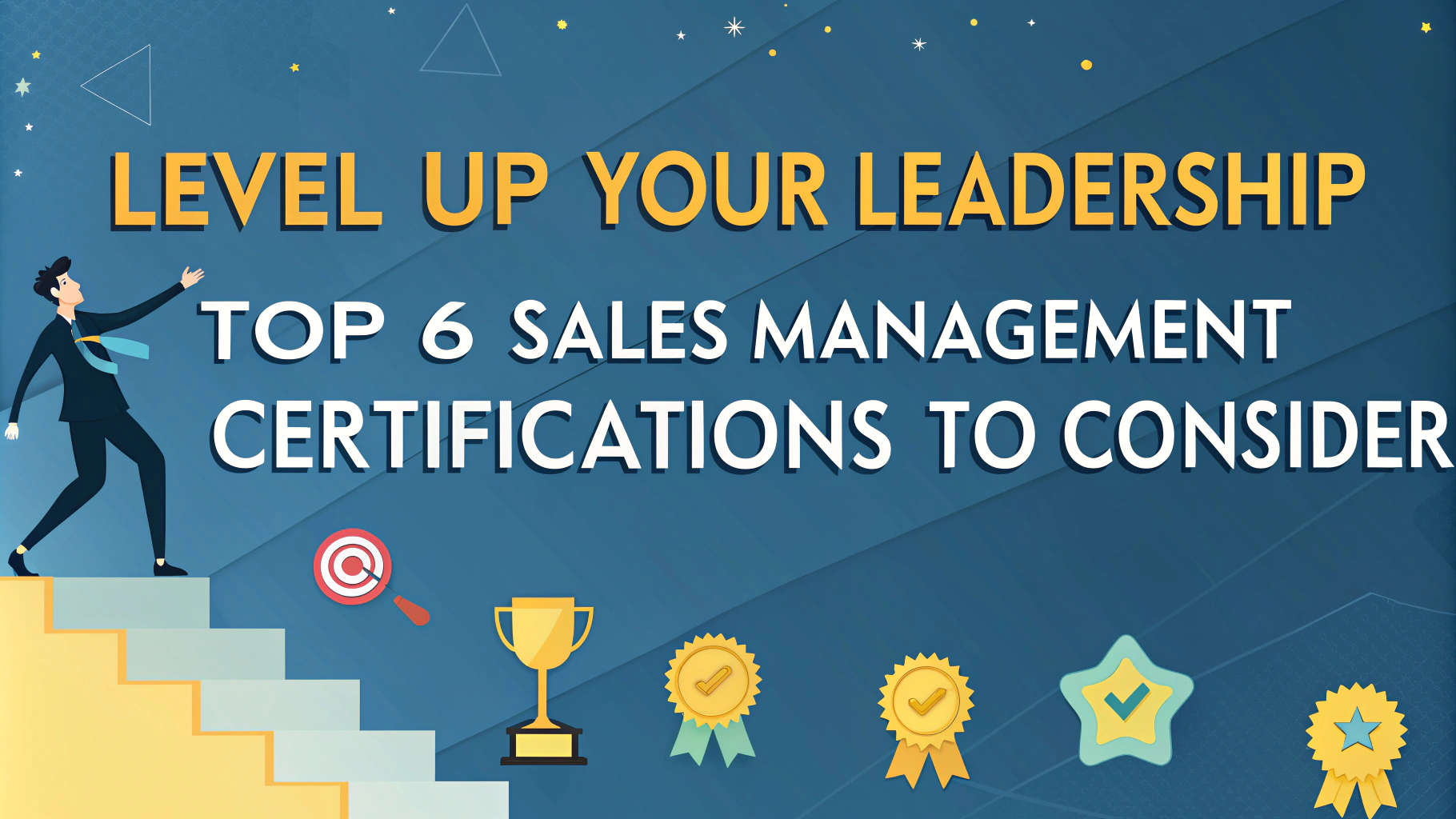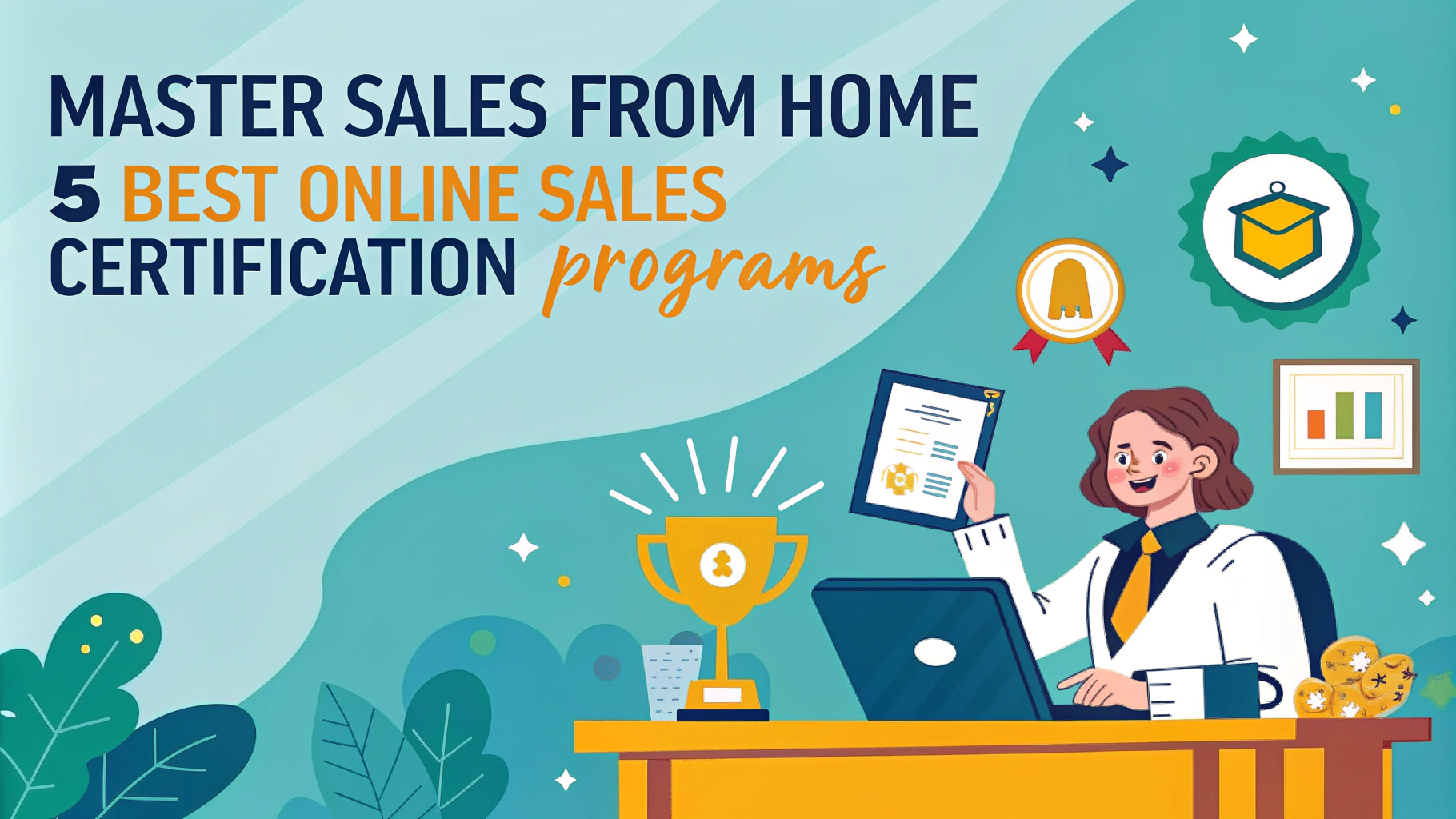The B2B sales process is complex and often involves multiple decision-makers, longer sales cycles, and higher-value transactions. To succeed in this competitive environment, sales professionals need a structured approach that addresses the unique challenges of enterprise sales.
This guide breaks down the essential steps of an effective B2B sales process, focusing on the MEDDIC and MEDDPICC frameworks. These methodologies help sales teams qualify leads, build strong relationships, and close deals more efficiently.
Identifying and Qualifying Prospects
The first step in any successful B2B sales process is identifying and qualifying potential customers. This involves:
- Researching target industries and companies
- Creating ideal customer profiles (ICPs)
- Developing buyer personas
- Utilizing lead scoring systems
By focusing on high-quality leads that match your ICP, you’ll save time and resources while improving your chances of closing deals.
Implementing MEDDIC Qualification
The MEDDIC framework helps sales teams assess the viability of potential deals:
- Metrics: Quantifiable goals the prospect wants to achieve
- Economic Buyer: The person with budget authority
- Decision Criteria: Factors used to evaluate solutions
- Decision Process: Steps involved in making a purchase
- Identify Pain: The prospect’s challenges and pain points
- Champion: An internal advocate for your solution
Use this framework to gather crucial information and determine if a prospect is worth pursuing.
Developing a Tailored Sales Strategy
Once you’ve qualified a prospect, it’s time to develop a customized sales strategy. This involves:
- Mapping out the buyer’s journey
- Identifying key stakeholders and their roles
- Crafting personalized value propositions
- Preparing responses to potential objections
A well-crafted strategy helps you navigate complex organizational structures and address the unique needs of each decision-maker.
Leveraging the MEDDPICC Framework
MEDDPICC expands on the MEDDIC framework by adding two crucial elements:
- Paper Process: Understanding the formal documentation required
- Implications of Change: Assessing the impact of implementing your solution
By incorporating these additional factors, you’ll gain a more comprehensive understanding of the prospect’s decision-making process and potential roadblocks.
Building Relationships and Demonstrating Value
Successful B2B sales hinge on building strong relationships and consistently demonstrating value. Key strategies include:
- Conducting thorough discovery calls
- Providing relevant case studies and success stories
- Offering valuable insights and industry expertise
- Tailoring product demonstrations to address specific pain points
Remember, B2B buyers are looking for partners who understand their business challenges and can provide long-term solutions.
Effective Communication Techniques
To build trust and credibility:
- Practice active listening
- Ask thoughtful, open-ended questions
- Use clear, jargon-free language
- Follow up promptly and consistently
By mastering these communication skills, you’ll position yourself as a trusted advisor rather than just another salesperson.
Navigating Objections and Negotiations
Common B2B Sales Objections
B2B sales often face several typical objections:
- Budget constraints
- Lack of perceived value
- Resistance to change
- Concerns about implementation
To address these objections:
- Anticipate concerns and prepare thoughtful responses
- Focus on ROI and long-term benefits
- Offer flexible pricing or implementation options
- Provide case studies demonstrating successful outcomes
Effective Negotiation Strategies
Successful negotiations require a balance of assertiveness and flexibility:
- Know your bottom line and walk-away point
- Identify areas where you can offer concessions
- Look for win-win solutions that benefit both parties
- Use silence strategically to encourage prospect input
Remember, the goal is to create a mutually beneficial agreement that sets the stage for a long-term partnership.
Closing the Deal
As you approach the final stages of the sales process:
- Summarize key points and agreed-upon terms
- Address any lingering concerns or questions
- Present a clear, compelling proposal
- Use appropriate closing techniques based on the prospect’s needs
Be prepared to guide the prospect through internal approval processes and provide any additional information required to finalize the agreement.
Managing Contract and Procurement
Understanding the prospect’s procurement process is critical:
- Familiarize yourself with their legal and compliance requirements
- Prepare necessary documentation in advance
- Collaborate with your legal team to address contract terms
- Set realistic timelines for contract review and signing
Proactively managing this stage can prevent delays and keep the momentum going towards a successful close.
Implementing and Onboarding
A smooth implementation process is key to customer satisfaction and long-term success:
- Develop a detailed implementation plan
- Assign a dedicated onboarding team or manager
- Set clear milestones and expectations
- Provide comprehensive training and support materials
Regular check-ins during this phase help identify and address any issues early, ensuring a positive customer experience.
Measuring Success and ROI
To demonstrate value and build a strong case for renewals:
- Establish key performance indicators (KPIs) aligned with customer goals
- Implement tracking and reporting systems
- Schedule regular performance reviews
- Collect and analyze customer feedback
Use this data to continually refine your product offerings and sales approach.
Nurturing Customer Relationships
Building strong, lasting relationships is essential for customer retention and growth:
- Maintain regular communication beyond implementation
- Offer ongoing support and resources
- Provide proactive solutions to potential challenges
- Identify upsell and cross-sell opportunities
By positioning yourself as a trusted advisor, you’ll create opportunities for account expansion and referrals.
Leveraging Customer Success Stories
Satisfied customers are your best marketing assets:
- Document successful outcomes and ROI
- Create case studies and testimonials
- Encourage customers to serve as references
- Showcase success stories in your marketing materials
These real-world examples build credibility and help attract new prospects.
Continuous Improvement and Adaptation
The B2B sales landscape is constantly evolving. To stay competitive:
- Regularly analyze sales data and metrics
- Seek feedback from customers and team members
- Stay informed about industry trends and best practices
- Invest in ongoing training and skill development
By continuously refining your approach, you’ll be better equipped to meet the changing needs of your B2B customers and drive long-term success.
Embracing Technology and Automation
Leverage sales tools and technologies to streamline your process:
- Implement a robust CRM system
- Use sales intelligence platforms for prospect research
- Adopt sales enablement tools for content management
- Explore AI-powered analytics for data-driven insights
The right technology stack can significantly improve efficiency and help your team focus on high-value activities.
By following this blueprint and adapting it to your specific industry and customer needs, you’ll be well-positioned to excel in the complex world of B2B sales. Remember, success in enterprise sales is not just about closing deals—it’s about building lasting partnerships that drive mutual growth and success.

